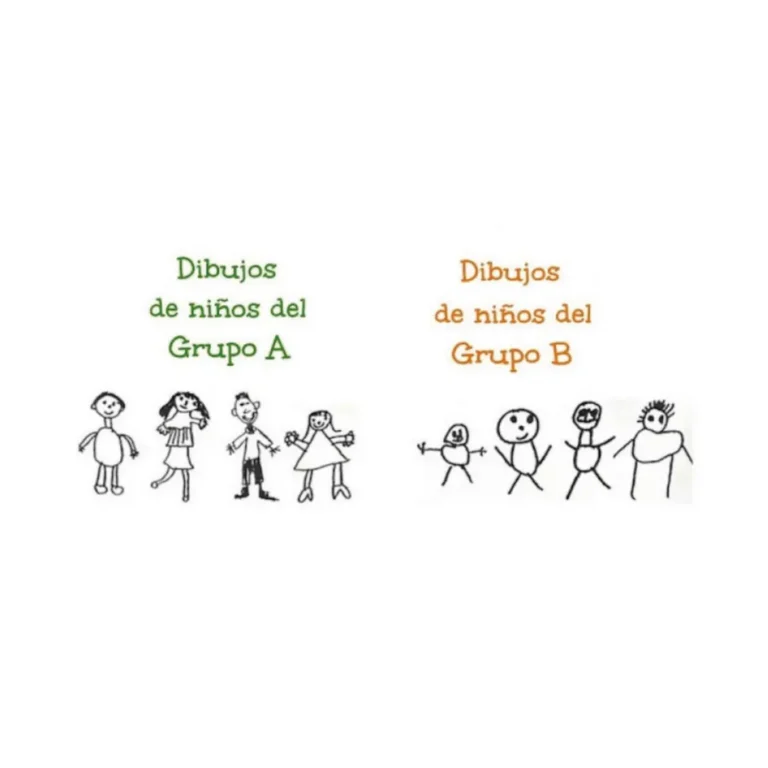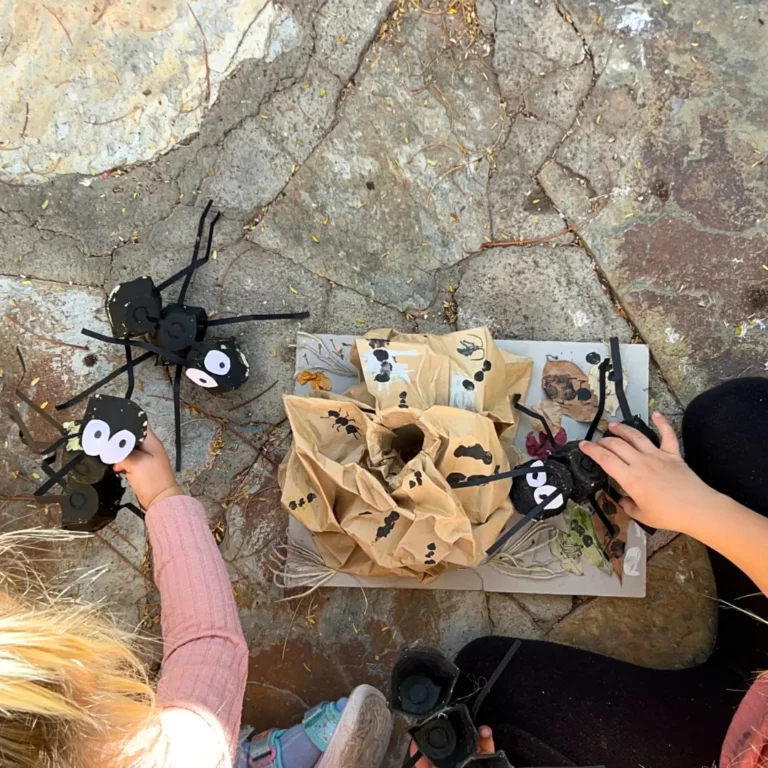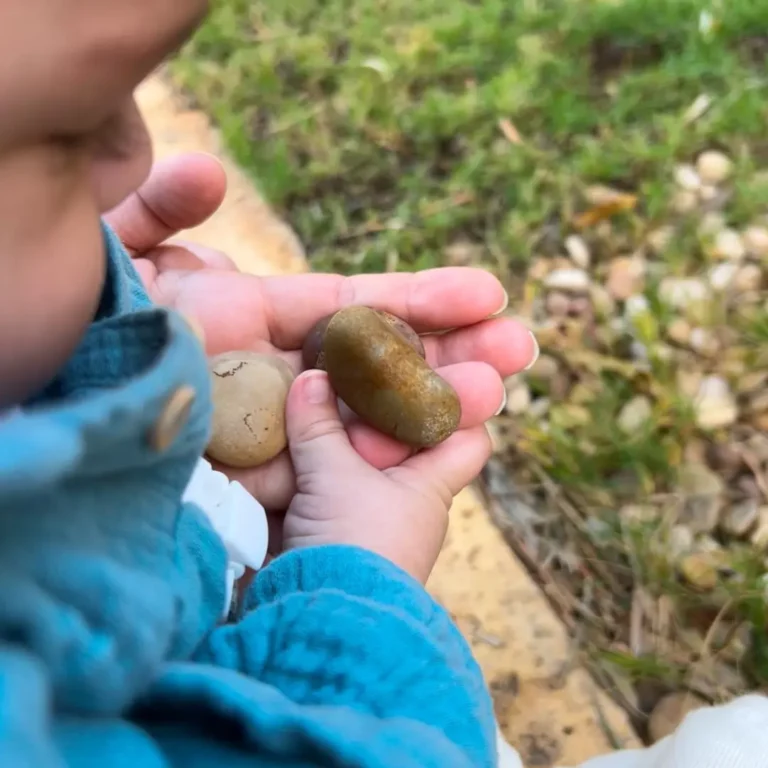Our connection to nature is essential for the development of little ones. Not everything needs to be meticulously planned because the most enriching projects often arise spontaneously. Let me share a personal experience that perfectly embodies this idea.
Since August, I’ve been spending weekly time with two very special little ones: the youngest is about to turn two, and the eldest is five. This Christmas, I wanted to give them a meaningful gift, but being a teacher complicates that task (if you’re one, you know what I mean, ha!). “I want to give them something, but just any toy?” Of course not—it had to be something valuable, something to use in shared moments, something that wasn’t merely material or purely playful. Naturally, things got complicated, and after an extensive search, I ended up choosing… a terrarium! (Cue the “this lady might be a little off her rocker” face.) Yes, a terrarium for children under five. Crazy? Maybe. But it turned out to be the best decision ever.
What started as a simple “ant hotel” has blossomed into an exciting project that evolves daily. It all began with the simple curiosity of observing ants in their natural environment and seeing if they’d accept our wonderful hotel. As mere spectators, we spent time patiently observing every detail of their tiny bodies, discovering how their legs, antennae, and mandibles work in perfect harmony for survival outdoors. One day, purely by chance, we found a small hole in the ground. Upon closer inspection, we realized it was the entrance to a real ant colony. This sparked our curiosity: how do ants build such intricate tunnels? We discovered that ants are true architects, crafting underground labyrinths that allow them to store food, care for their young, and protect themselves from predators. Every gallery serves a specific purpose, showcasing a surprising level of organization.
But the surprises didn’t end there. The older sister, fascinated by pregnancy and babies, used the giant cardboard ant we’d made to imagine one of them was pregnant. What a discovery we stumbled upon! Turns out, no ant lays eggs except for the queen ant. Imagine the look of astonishment when we saw a queen ant for the first time! And to be honest… at first glance, she’s not the most elegant creature—what a sight! But we quickly realized how vital she is to the colony and how all the life in the ant world depends on her.
With each discovery, a new question arose: what does the inside of an ant colony really look like? How do they organize their tunnels? How do they divide tasks? This underground world invites us to imagine secret passageways and chambers designated for different functions. And this journey isn’t stopping here; we’re also exploring how ants coexist with other insects and the important role they play in maintaining the balance of our planet.
As if that weren’t enough, we’re soon introducing flying ants into our exploration. How is it possible that some ants grow wings? What role do they play in the colony? Each step of this journey has shown us that the most valuable learning happens when we follow curiosity without boundaries.
This project has been a wonderful opportunity for the little ones to explore, observe, and understand the natural world in a fun and conscious way. It’s taught us that we don’t always need everything planned out; leaving room for curiosity and discovery leads to far more meaningful learning experiences.
At Kidssmile, we believe in an education that respects natural rhythms, adapts to the interests of each child, and nurtures a love for nature. What about you? Have any spontaneous projects come up at home? We’d love to hear about them!



